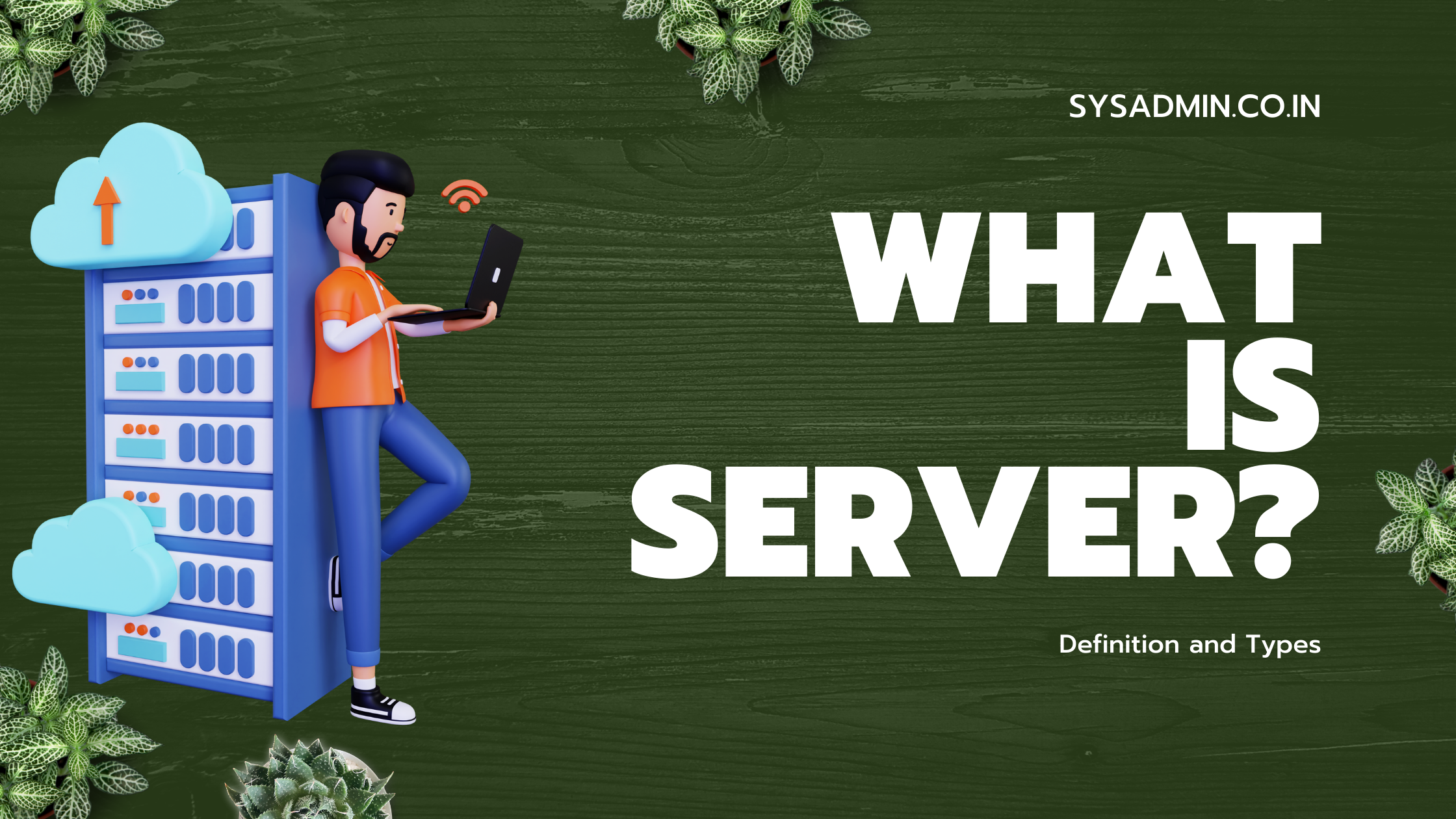A server is a computer program or a hardware system that provides services, resources, or functionalities to other computers or devices, known as clients, over a network. The term “server” can refer to both the software running on the computer and the physical machine itself.
Servers are designed to handle and respond to client requests, typically over the internet or an intranet. They play a crucial role in enabling various services and applications to function effectively and efficiently in a networked environment. Some common types of servers include:
- Web servers: Web servers host websites and web applications, serving HTML pages, images, and other web content to clients’ web browsers upon request.
- File servers: File servers store and manage files, allowing clients to access and share data over the network.
- Database servers: These servers manage and store databases, providing access to data for other applications or clients.
- Email servers: Email servers handle the sending, receiving, and storage of email messages for email clients like Outlook or Thunderbird.
- Application servers: Application servers host and execute applications, allowing clients to interact with and use those applications remotely.
- Game servers: Game servers manage online multiplayer games, allowing players to connect and play together.
- Print servers: Print servers manage printing tasks in a networked environment, allowing clients to send print jobs to network printers.
Each type of server is specialized in its functionality, and often, a single physical server can host multiple server software instances, each providing different services. Servers are an integral part of modern computing and networking, enabling the seamless sharing of resources and information across the internet and local networks.
How Servers Work
Servers work by receiving and processing requests from clients and providing them with the requested resources or services. Here’s a high-level overview of how servers operate:
- Client Request: The process begins when a client (a computer, smartphone, or any other device) sends a request to the server over a network. This request can be for various types of services, such as loading a web page, retrieving a file, accessing a database, sending an email, or interacting with an application.
- Network Communication: The client request travels over the network, typically using protocols like HTTP, FTP, SMTP, or others, depending on the type of service being requested.
- Server Software: On the server side, there is software specifically designed to handle incoming requests and respond appropriately. The server software could be a web server (like Apache or Nginx) for serving web pages, a file server program, a database server (e.g., MySQL, PostgreSQL), or an email server application.
- Request Handling: When the server receives the client’s request, the server software processes it based on the type of service being requested. This may involve accessing databases, retrieving files, running applications, or performing various calculations or operations.
- Resource Processing: The server may need to fetch data from a storage system, execute scripts or applications, perform complex calculations, or communicate with other servers or services.
- Data Processing: If the client’s request involves dynamic content (e.g., web pages generated from a database), the server may process the data and generate the appropriate response.
- Response Generation: Once the server has processed the request and gathered all the necessary data or resources, it generates a response to the client.
- Network Communication (Response): The server sends the response back to the client over the network.
- Client Handling: The client-side software receives the server’s response and processes it accordingly. For example, a web browser will render a web page, an email client will display the received email, or an application will interact with the received data.
- Connection Management: After the server responds to the client’s request, the connection between the client and the server may be closed, or it may be kept alive, depending on the specific network protocol and configuration.
Throughout this process, servers typically handle multiple client requests simultaneously, especially in the case of high-traffic services or heavily utilized servers. Server performance, scalability, and responsiveness are critical factors to ensure smooth and efficient service delivery to clients.
It’s important to note that various server architectures, load-balancing techniques, and optimizations are employed to manage the load and efficiently serve a large number of clients concurrently. The complexity of server operations can vary depending on the specific services offered and the server software’s design.
